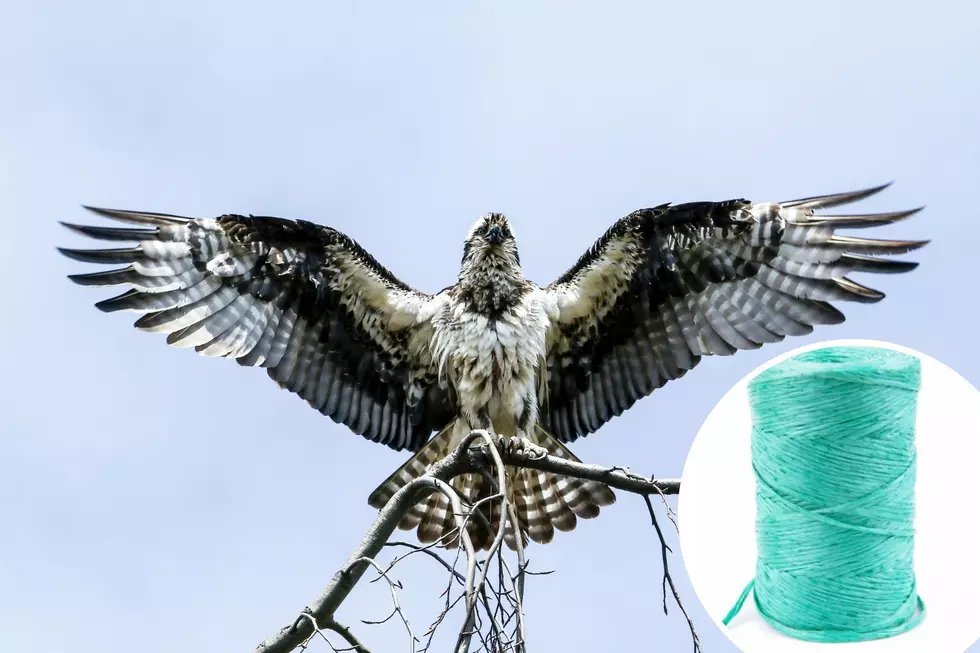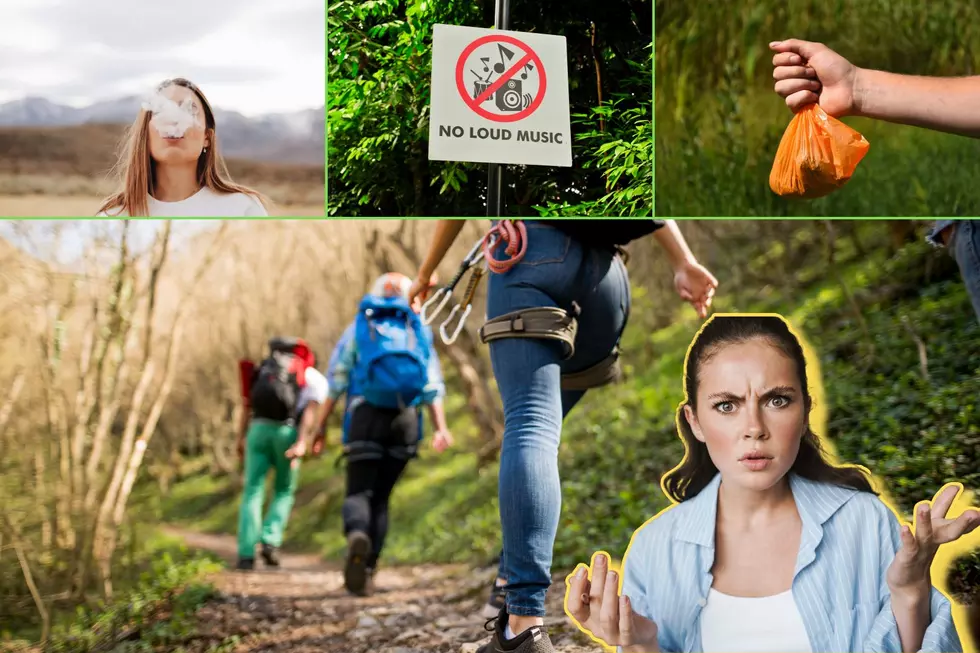
Coloradans Can Prevent Wildlife Injuries By Recycling This Item
At the end of July, the Rocky Mountain Raptor Program came to the rescue of two young ospreys after a good Samaritan spotted the birds in distress in a field.
Upon arrival, the rescuers observed that the osprey siblings were tangled together with baling twine. With extreme care, the pair were safely separated and brought to the Fort Collins facility for further evaluation.
The team discovered that the bailing twine had caused constriction wounds to the delicate tissues of the lower leg and toes of both birds. One of the ospreys also suffered a dislocated toe.
After cleaning and dressing the individual wounds the patients were given pain medications, fluids, and a quiet place to rest and recuperate from the stressful ordeal. The team caring for the youngsters explains that they have responded positively to treatment and are on the road to recovery.
Unfortunately, this type of entanglement is a pretty common occurrence, and one that wildlife rescuers see happen quite frequently, especially with feisty fish eaters and other aquatic birds.
The good news is that humans can easily help to prevent this type of incident from happening. Baling twine is one hundred percent recyclable, which is something that's not always known by those who are using it.
Currently, there are six different locations that accept recycled baling twine in Northern Colorado. These centers are located in Berthoud, Fort Collins, Johnstown, and Loveland. Used twine can be brought to a collection site either loose or in bags.
The sites collect used twine from a variety of people and places in the area, including guest ranches, zoos, and other agricultural businesses. When it's not recycled, twine usually ends up in a landfill, accumulates on a landowner’s property, or is burned.
When it's discarded on the land, twine has the potential to seriously injure or kill wildlife and livestock, like what happened in the recent osprey incident. The RMRP noted that baling twine entanglement is one of the leading causes of admission for osprey into their facility. Researchers have also reported that this household item is responsible for killing around ten percent of osprey chicks annually in some states.
Adorable Colorado Animal Mothers with their Babies
More From KUBC Gold









